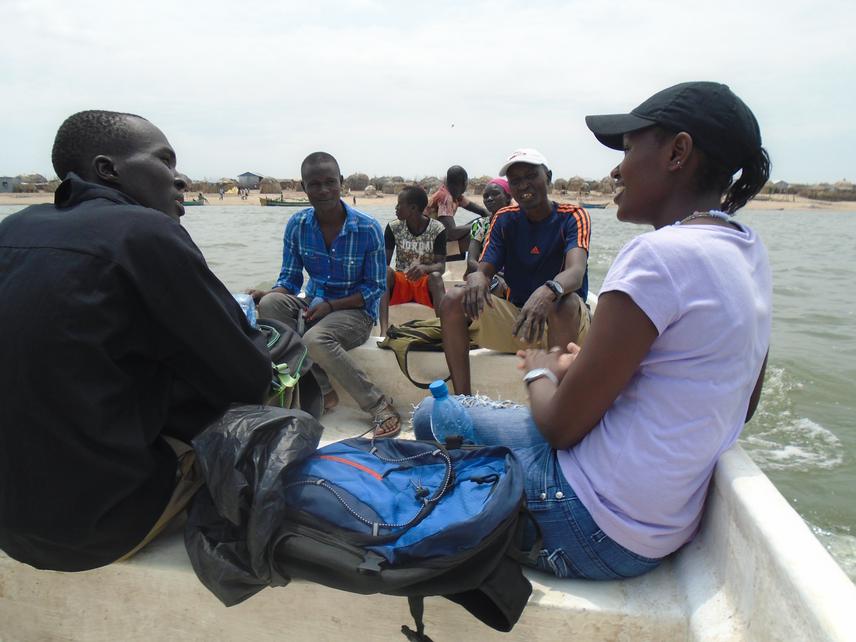Wangechi Kiongo
About 300,000 people directly depend on Lake Turkana but the development of a hydropower dam on Omo River threatens its existence. There is thus an urgent need to understand the socio-economic impacts of the predicted loss of the lake on local people. This project will investigate contemporary and historical changes at L. Turkana, and assess livelihood risks and dependence levels associated with the ongoing developments and climate changes on local communities. Results of this study will provide a clear link between human needs, environmental integrity and policy needs in order to safeguard local people’s future and the lake’s ecological integrity.

1.1 Fieldwork
Most time in this project will be spent administering questionnaires, working out workshops and establishing tree nurseries. On the first month of this study, several meetings will be held to help get the stakeholders together and agree on specific tasks. Questionnaires will be administered on the 2nd, 4th and 7th months and workshops held on the 3rd, 6th and 9th months of the study. On the 5th and 8th months, a lot of concentration will be put on establishing the tree nurseries where data analysis and report writing will be done on the last two months.
1.2 Activities and Timescale
i) Meetings with community leaders, chiefs and other stakeholders
The first month of this project will be dedicated towards creating a stable background for the success of the project. This is due to the fact that throughout this work, we will be involving people greatly and hence a good relationship with the local leaders will be ideal for this success. We will ensure that we meet up with all the local leaders in my research areas and we will together identify the local people to participate in the workshops as well as the suitable places to have the tree nurseries established. Within this month, we will also meet up with representatives from Kenya Forest Service, Kenya Marine and Fisheries Research Institute (KEFRI), Turkana County Government and the BOMA project (a project that works to empower women in the semi-arid and arid regions).
ii) Administration of questionnaires
A total of 300 questionnaires will be administered across all six Turkana communities with at least 50 questionnaires administered per community. All questionnaires will be written in English but translated to Kenya's national Swahili language. Respected community members will be hired with assistants from the local leader to ensure that we retain dignity and professionalism throughout our work. Questionnaires will be administered during the 2nd and 4th months of the project.
iii) Workshops and Training
Three workshops will be conducted during the 3rd, 6th and 9th months. These workshops will enable us to closely monitor our success with some of the short term goals such as collecting seeds and establishing nurseries. Together with the mentioned organizations above, we will organize workshops and invite at least 50 people per workshop. The workshops will be aimed at capacity building, training on establishment of tree nurseries and identification and identification of other secondary/alternative means of subsistence in the region.
iv) Tree nursery establishments and tree planting activities
Training on establishment of tree nurseries will be conducted during the first and second workshops. The main reason why this will be done at the first workshop is because preparations on starting a nursery will be started on the 5th month of the study. At least 3 tree nurseries will be established by the end of the first year and we expect to raise more money to help advance this work in future. Since the seedlings might not have matured by the 10th month of the study, Kenya Forestry Service has agreed to facilitate the buying of the seedlings and this will enable us to conduct our first tree planting activities in the 10th and 11th months.
v) Data analysis, presentations, and writing
The final two months will also be devoted to data analysis and final write up. I will be looking forward to presenting our results at the up-coming conferences such Pathways 2019 and Kenya Wildlife Service conference in 2018 and 2019. We will publish this work in a peer-reviewed journal to enable a wider audience to benefit from this work